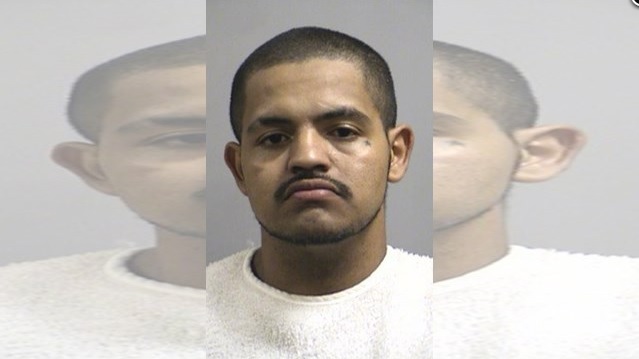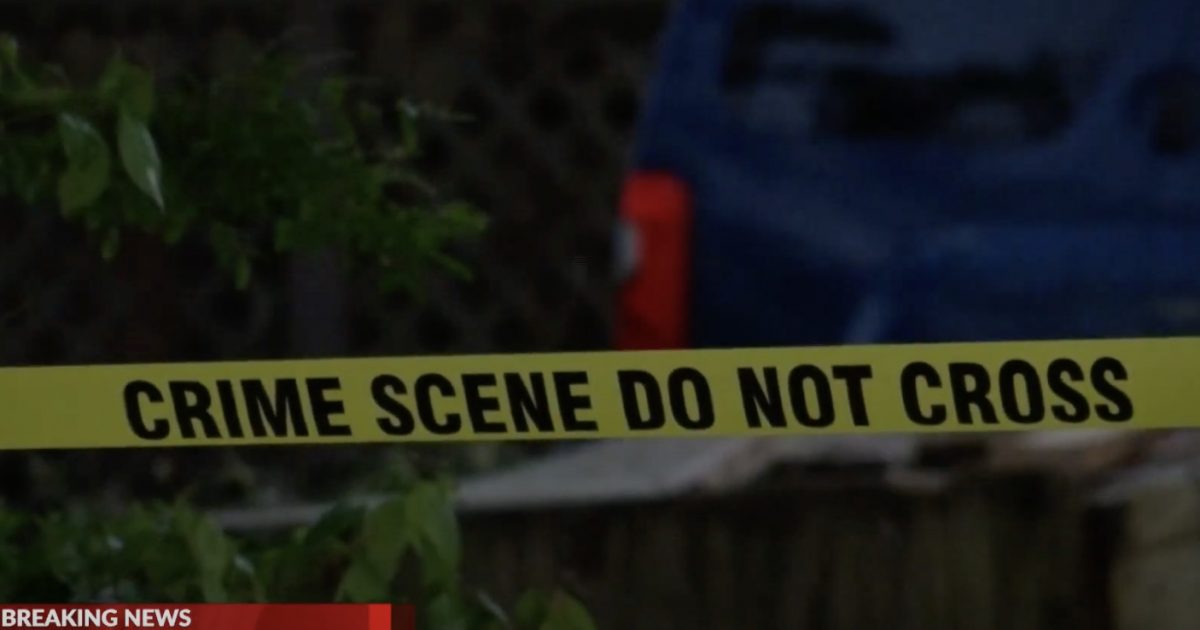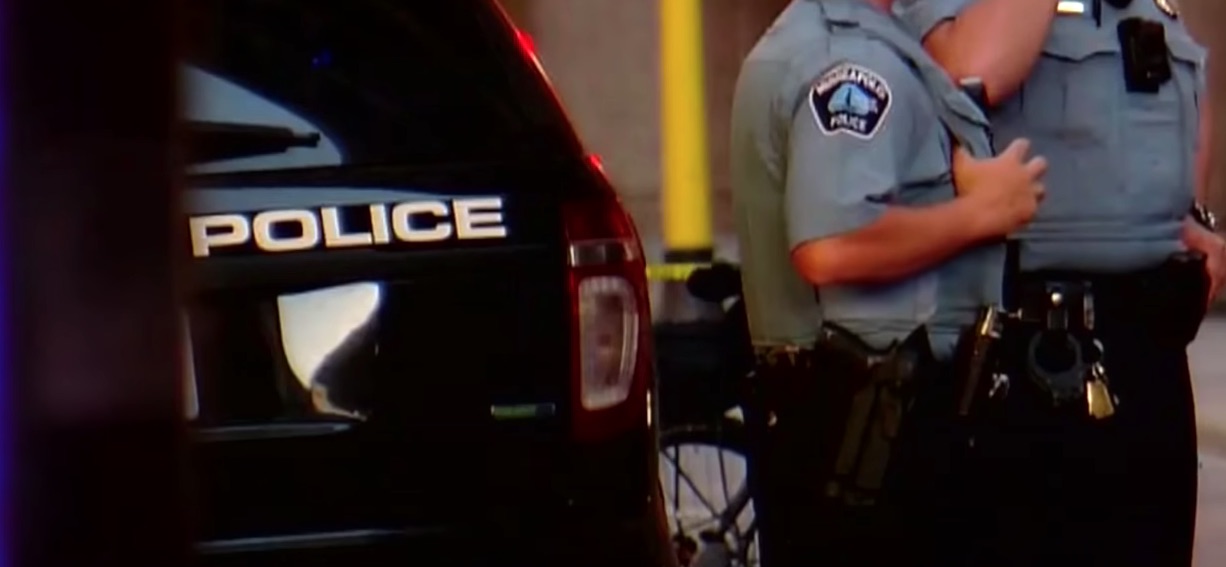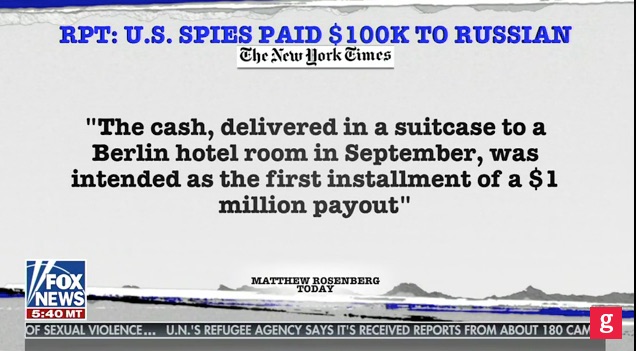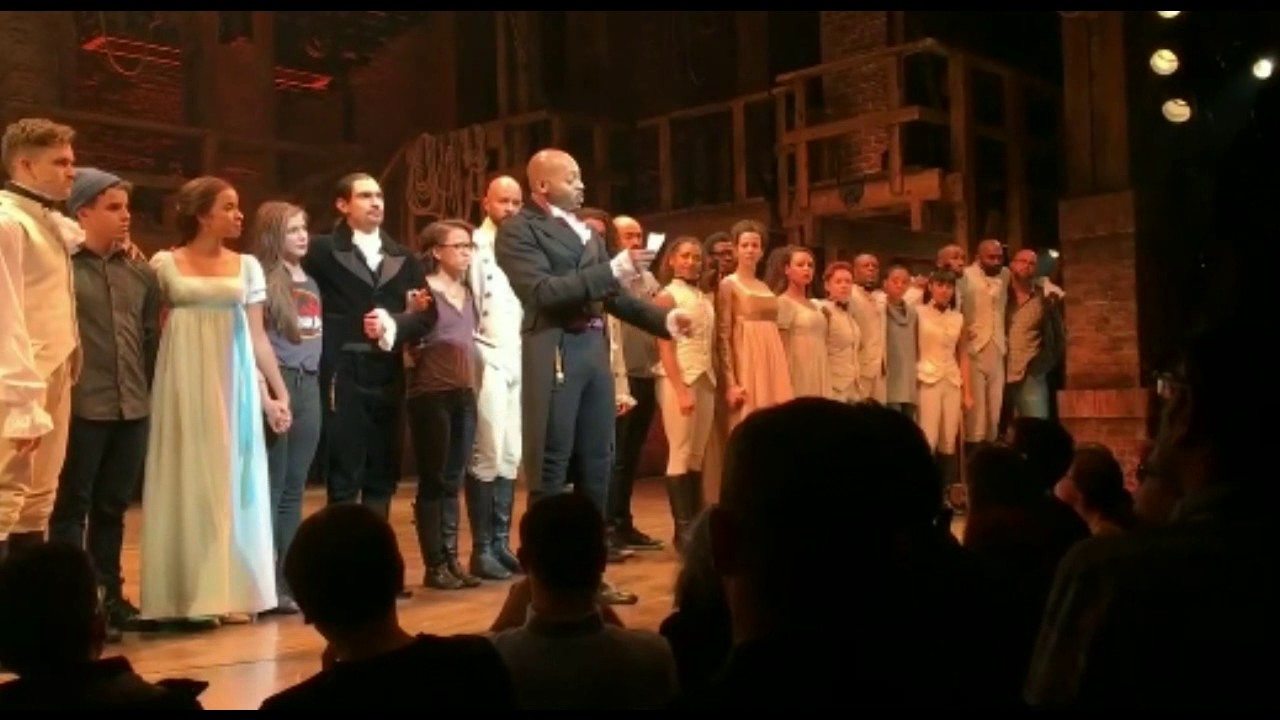Investigation: Night of the Living Ed – Zombie Public Schools, Drained of Pandemic Lifeblood, Haunt the Land
By Vince Bielski

Investigation by Vince Bielski originally published by RealClearInvestigations and RealClearWire
Call them “zombie” schools.
A significant but unknown number of public schools across the U.S., particularly in big cities, have lost so many students in the last half-decade that many of their classrooms sit empty. Gone is the loud clatter of students bursting through crowded hallways and slamming lockers.
The harm from these half-empty schools is inflicted directly on all students in a district. Without enough per-pupil state funding to cover their costs, they require financial subsidies to remain open, forcing district-wide cutbacks in academic programs.
“I visited one school that takes up an entire city block but there were only five classrooms used, plus a library, a computer room, and an afterschool room,” said Sam Davis, a member of the Board of Education in Oakland, California. “As our budget officer said, if you don’t have enough students for two teams to play kickball, there are a lot of other academic activities that are not going to be sustainable either.”
But nothing in public education is more controversial and difficult than closing a neighborhood school. The protests that recently flared up in cities like Oakland and Denver over proposals to shut low-enrollment schools, which also tend to be the worst academic performers in districts, are just a prelude of the reckoning to come, according to interviews with school leaders, researchers, educators, and charter officials.
The permanent closure of schools slowed drastically during the pandemic, even though many urban districts suffered a major exodus of students, with double-digit losses in New York City and Los Angeles. Many hollowed-out districts have temporarily sidestepped the tempest of shutting schools because Congress provided them with a historic windfall of pandemic-related funding and wide latitude in spending it, said Georgetown Professor Marguerite Roza, who directs the Edunomics Lab.
But the $190 billion lifeline – called the Elementary and Secondary School Emergency Relief Fund – ends next September. So school leaders are facing mounting pressure to shrink their oversized districts, setting up the next battleground over public schools.
“Many districts have too many schools, not enough kids, and are propping them up with federal relief funds,” Roza said. “And they haven’t laid the groundwork for closures when the funding goes away. Imagine the anger and protests when families learn suddenly that their schools are on the list to close.”
With aid flowing during the pandemic, districts shut an average of 810 schools a year in 2021 and 2022, according to the National Center for Education Statistics. That’s far less than the 1,350 average from 2011 to 2020, a difference that underscores the magnitude of the problem of zombie schools.
Why Schools Are Hard to Close
In the business and nonprofit sectors, wasteful spending is typically reined in by downsizing operations into fewer buildings and personnel. But public schools often find protection from the calls for efficiency. The first wave of pandemic-era proposals to shut schools in several districts has been countered by a formidable coalition of local advocates, forcing school boards to backpedal on their consolidation plans.
Read the entire investigation here.
__________
By Vince Bielski – This article was originally published by RealClearInvestigations and made available via RealClearWire.


